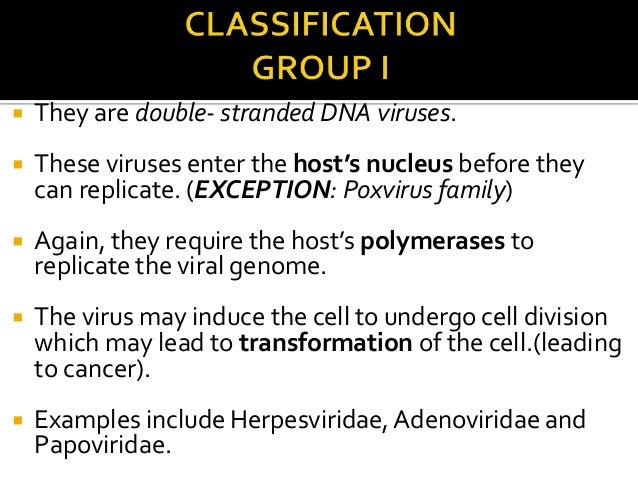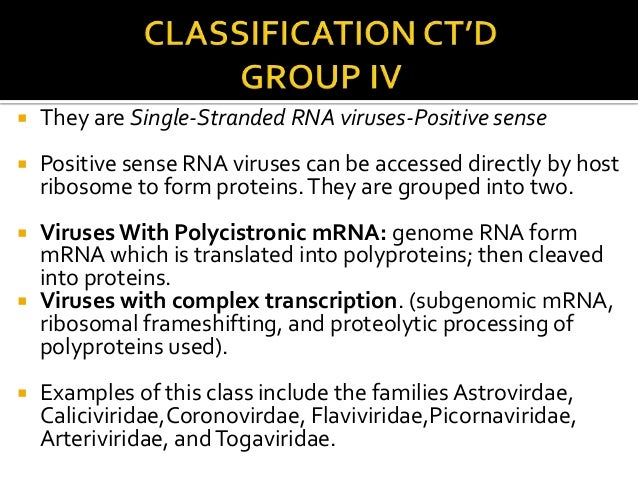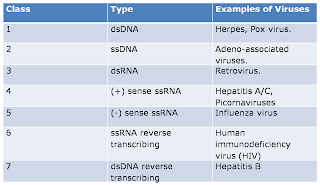7 Baltimore Classes Of Viruses. The seven classes of viruses in the Baltimore Classification System are as follows Class VII viruses have a double-stranded DNA genome, but unlike Class I viruses, they replicate via a ssRNA intermediate. The Baltimore classification is based on genetic contents and replication strategies of viruses.

The genetic material in all types of cells is double-stranded DNA, but some viruses use RNA or single-stranded According to Baltimore classification, viruses are divided into the following seven classes Class VI viruses are RNA type of viruses, such as retroviruses (HIV).
Unlike other approaches, this allows us to determine phylogenetic relations for all viruses at any level (e.g., Baltimore class, family, subfamily, genus, and species) in real time.
They usually lack a cell wall but are surrounded by a protective protein coating called the capsid. After his experiences with the Bracer Guild in Liberl at the time of the Orbal Shutdown Phenomenon. The Baltimore system of virus classification devised by virologist & Nobel laureate David Baltimore is based on the genomic nature of the viruses.








